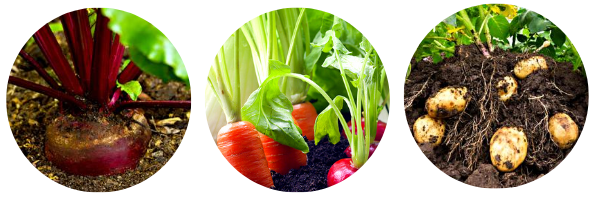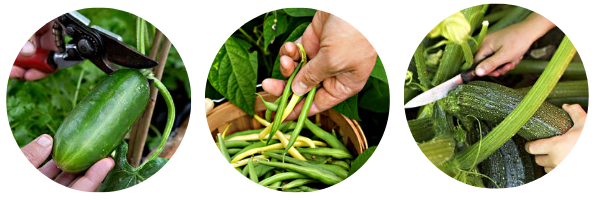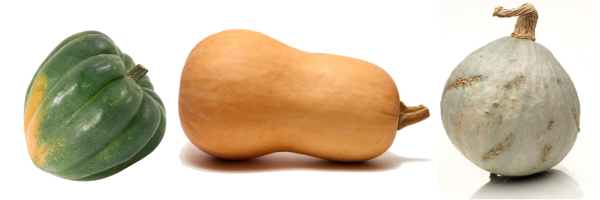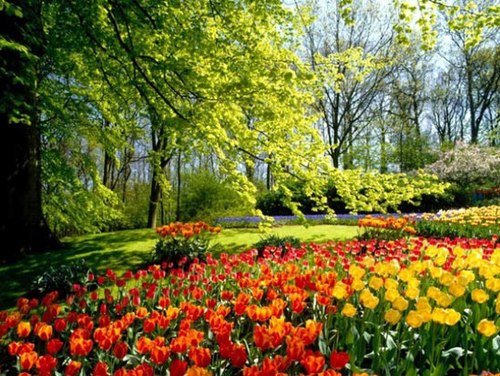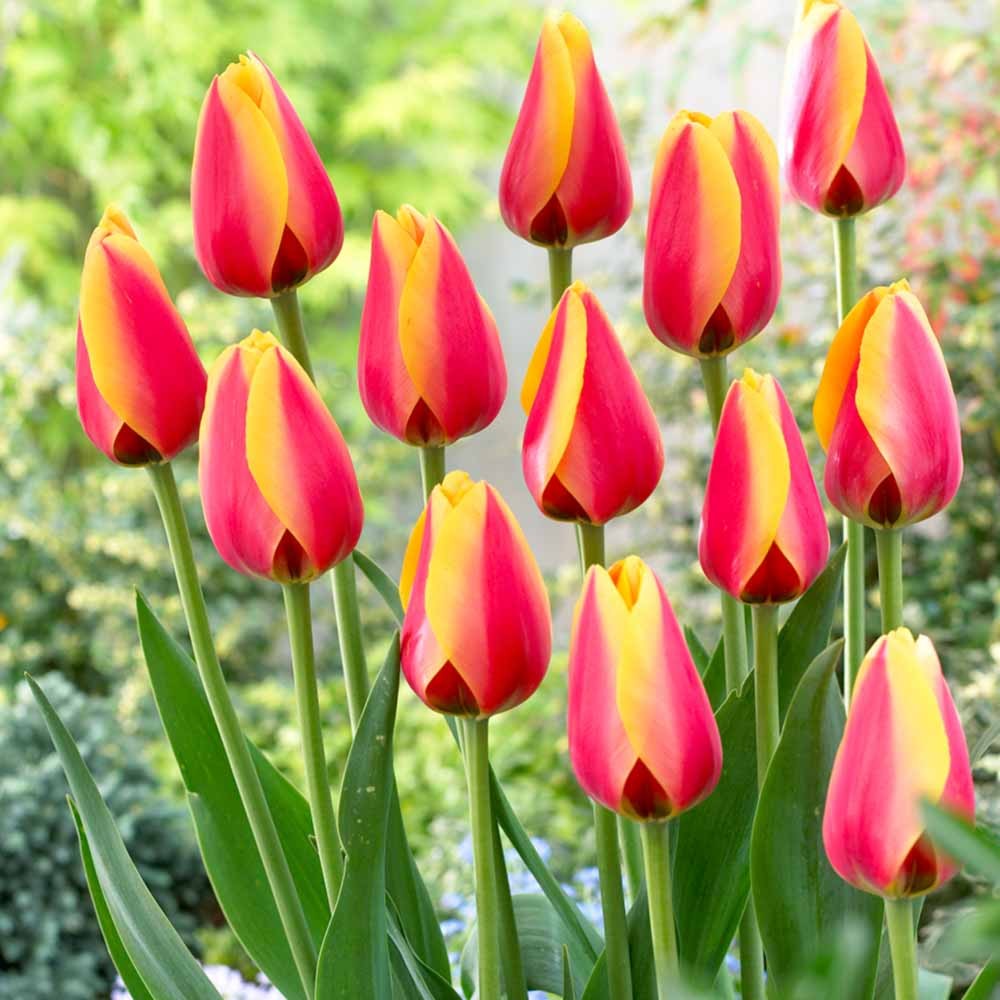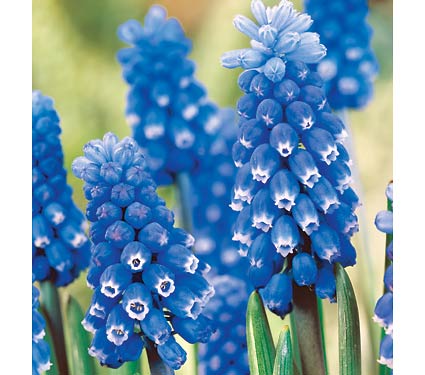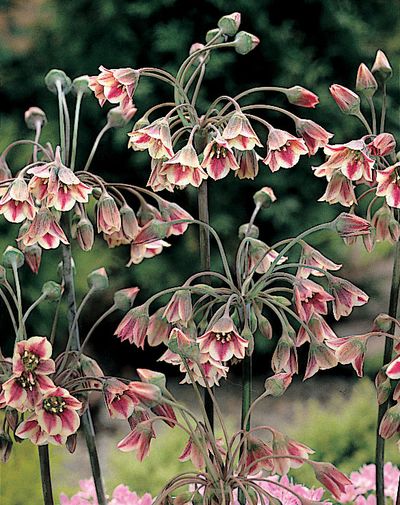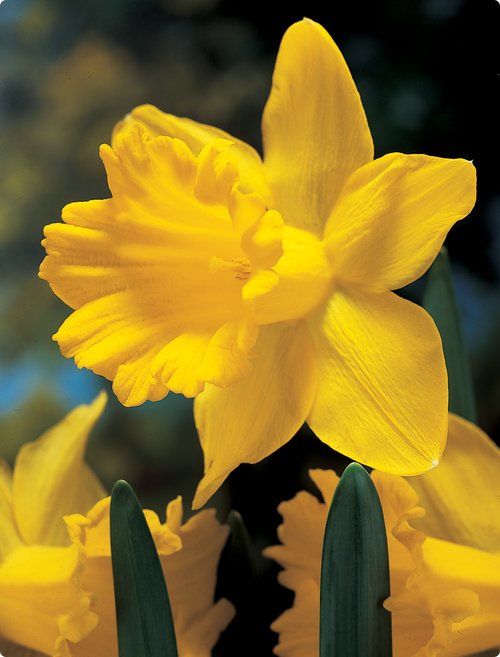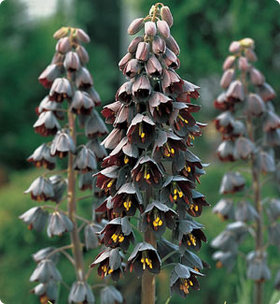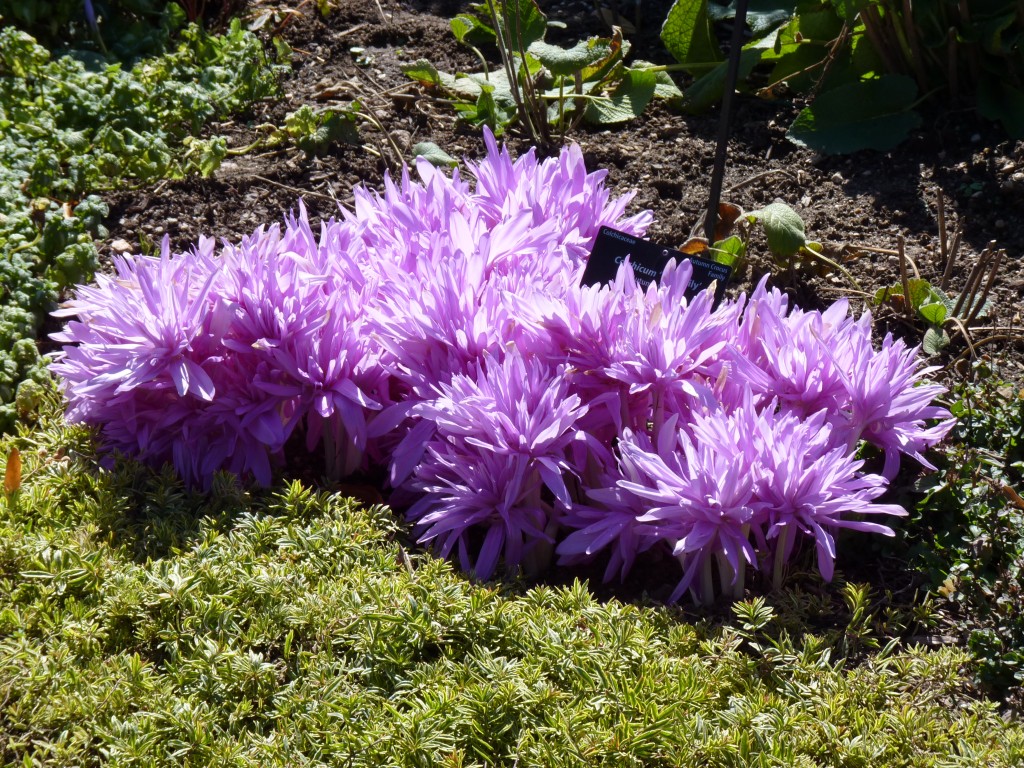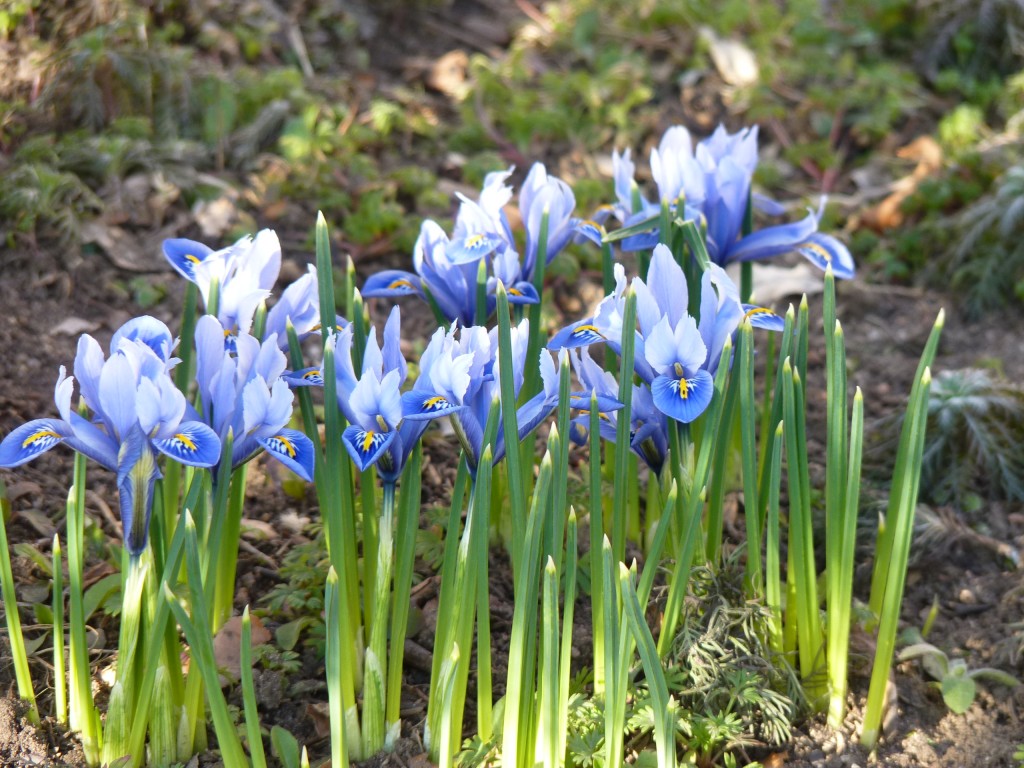Knowing when and how to harvest is an especially important part of growing your own food. Why? Because it affects the quality, flavor, and nutritional value of your homegrown produce! But how do you know when something is fully ripe, and what’s the best way to harvest? Scroll through, and check out our tips on how to harvest popular crops in Colorado.
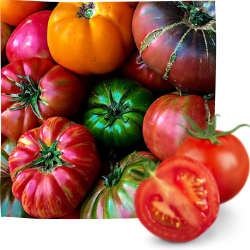
Let’s start with the jewels of the garden — tomatoes! For the best taste and the highest nutritional value, you’ll want to leave your tomatoes on the vine until they’re fully colored, then gently twist and pull from the vine. The trick is in what “fully colored” looks like. Gone are the days when you could wait for a tomato to be a rich, vibrant red before confidently plucking it from the vine.
Nowadays tomato varieties comprise a rainbow of colors — yellows, oranges, greens, stripes, and even sprinkles! It’s particularly important to know what your ripe tomato should look like. If in doubt, a ripe tomato will give slightly to the touch. It it’s not ripe, it will still feel quite hard. Another tell-tale sign is how resistant the tomato is to being picked. If it hangs onto the vine for dear life when you try to pluck it, it’s not ready yet! If you’re growing heirloom varieties, you should pick them just shy of full color because they generally ripen before their color deepens.
When to Harvest Root Vegetables?
Beets … Most beet varieties are ready to pull about two months from planting. For baby beets, you’ll want to harvest earlier, when the roots are 1½” across. Letting beets stay in the ground too long will yield tough, woody roots!
Carrots … Carrots may be harvest young (at about ½” diameter) for baby roots, or allowed to grow to full size for storage. Not sure if they’re ready to harvest? Pull a few carrots for a quick taste test. If they’re crisp and sweet, they ready to eat. (TIP: loosen the surrounding soil before attempting to pull up a carrot. Carrots are notorious for breaking off when they’re pulled.)
Potatoes … After the potato plants have flowered, you may dig some of the potatoes to enjoy as “new” or “baby” potatoes. If you want to harvest full-sized potatoes, allow the tops to die back in the autumn, then dig up the tubers.
Check These Heavy Producers Daily!
Cucumbers … Harvest when they’re firm and smooth. Check on them often! If they’re left on the vine & become too large, they can become bitter and pithy. Use your garden shears or pruners to neatly clip these from the vine. This will prevent possible damage to the vine caused by twisting or pulling. Cut the stem approximately ¼” above the cucumber.
Green Beans … Pick them when the pod has filled out, but before you can see the seeds bulging. Simply grasp the bean pod firmly up near the top where it connects to the vine, then use your thumb to gently pinch it loose.
Zucchini … There are two things to remember about harvesting zucchini — pick young and pick often! These can quickly become too large. Zucchini is at its most tender and flavorful when it’s about 5″-7″ long and you can easily poke your fingernail through the skin. Use a sharp knife (or your pruners) to cut from the vine. (TIP: you can also harvest those delicious yellow flowers! Enjoy them raw in salads.)

Harvest this summer favorite after the silks become brown and dry. The ear should be completely filled out, and the end should be rounded instead of pointed.
Peppers, Peppers, Peppers
Bell Peppers … These grow in a range of colors including green, red, dark purple, yellow, and orange. In general, they’re ready to harvest when they are the full color of the variety planted. You can harvest bell peppers when they’re green. If you allow them to stay on the vine to ripen further, green peppers may turn red, then orange, then yellow! Purple varieties will turn from green to a dark purple to nearly black. Bells can be eaten at any stage during this ripening process, however the longer you leave them on the plant, the sweeter they become and the higher the Vitamin C content will be. To harvest, use a sharp knife or scissors to cleanly cut peppers from the plant to ensure the least damage to both pepper and plant.
Chile Peppers … Both mild and hot peppers can be harvested when they reach full size and are fully colored. They can also be harvested as soon as they reach a usable size. Chiles can be eaten at just about any stage of development. Mild peppers commonly get sweeter as they mature, while hot peppers get hotter the longer they’re left on the plant. To harvest: cut peppers from the plant with pruners. Leave a short stub of stem attached to the fruit. Do NOT pull peppers from the plant by hand — this can result in broken branches.
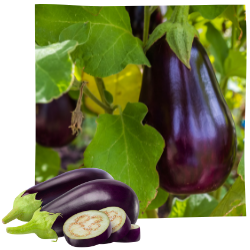
With eggplant, slightly immature & smaller fruits are tastier and will contain less seeds. Eggplants should be firm and shiny when fully ripe. Cut with a knife or pruners rather than trying
to pull from the plant.
Winter squash … such as acorn, spaghetti, buttercup, butternut, and Hubbard are ready to harvest when you cannot puncture the skin with your thumbnail and the stems are dry and begin to shrivel. Use pruners to cut cleanly from the vine.
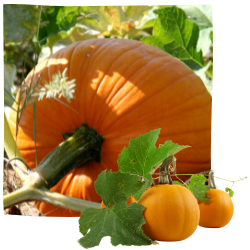
Harvest pumpkins when they’re fully colored and the skin is hard enough to resist a fingernail puncture. They should sound hollow when thumped. Use a sharp knife or pruners to cut the pumpkin from the vine. Leave about 2″ of stem, and handle carefully. Any nicks or bruises will accelerate decay.

After the Harvest
Look for signs of trouble, such as yellowing leaves, rotting fruit, or unwanted pests. Be sure to put any plants that have disease or insect infestations into the trash — not the compost pile!
Healthy plant foliage can go into the compost pile after removing any seed heads. Remove any weeds from the vegetable garden, then improve the soil with compost, or plant a cover crop in the bed to overwinter.
Remember to Share the Harvest
If you find yourself with an overabundance of anything (we’re lookin’ at you, zucchini!) always remember to share the harvest with friends, family, and neighbors. If their cupboards are full, donations of fresh, homegrown vegetables are welcomed at your local food bank! After all, the summer harvest should be a season of plenty for everyone.

